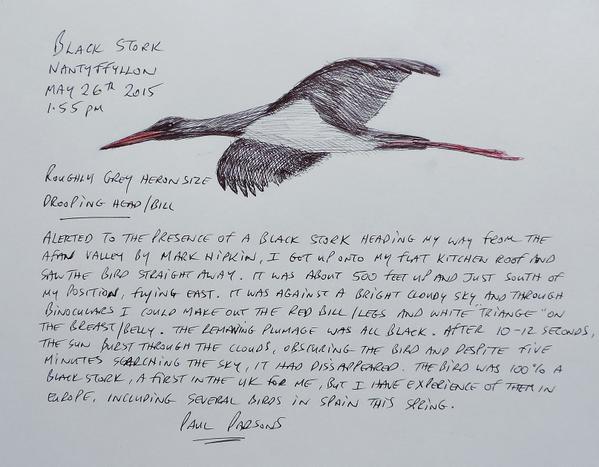Inland North Minileagues June

Nick Tonge takes advantage of a blank month for Keith Dickinson and James Common and takes the lead after adding 7 new species in June while Steven Ward joins the 100% club in 5th place. With less than 30% separating the top 15 it looks like a good autumn could well see anyone make a push for a podium place! Darren Starkey maintains his healthy lead at the top of the points table with Andy Bunting still his closest challenger. Garry Taylor has finally made his move into the top 3 adding 17 points from his 'inland' patch at Hornsea. 4th place is jointly held by Mark Reeder, Tom Lowe and Jonny Holliday so its all to play for while their PWC2014 nemesis Bill Aspin slips out of the top 10 and surely out of contention! Highlights were thin on the ground this month but Long-eared Owls featured in a few patches while Tome Lowe added a Quail to his Goole Fields score, Andy Bunting caught up with a Red-necked Phalarope and Paul Massey found the same species at his patch at Grindo...













